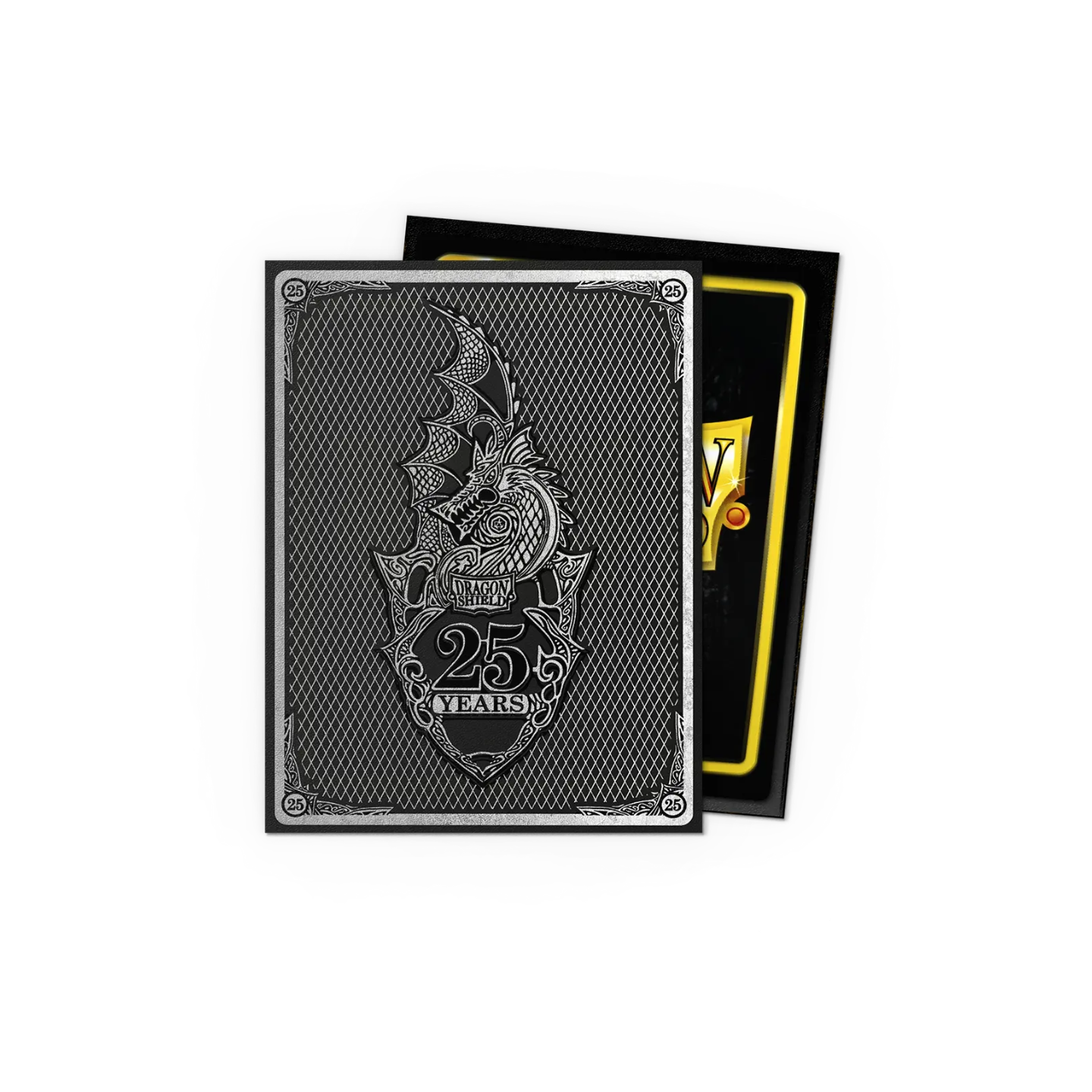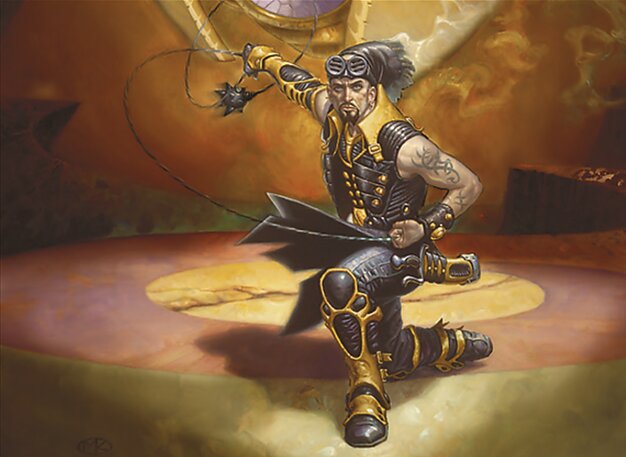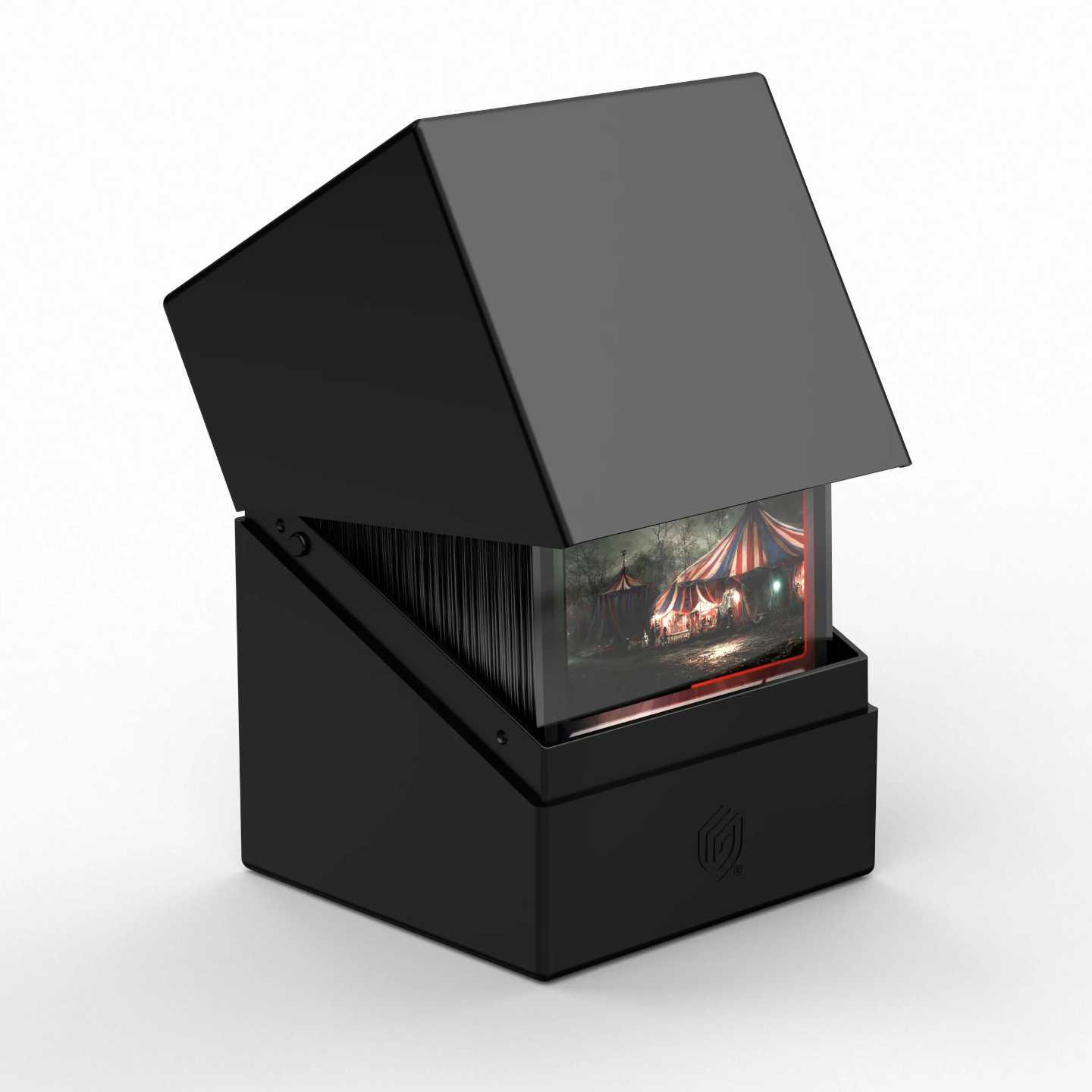Overview:
This Chainer, Dementia Master deck is a graveyard-centric combo/control build leveraging reanimation, sacrifice synergies, and life payment mechanics. It aims to establish board dominance through recursive threats like Gray Merchant of Asphodel and Kokusho, the Evening Star, while holding a deterministic T5-7 win via Mikaeus, the Unhallowed + Walking Ballista/Triskelion. The deck demonstrates high tutor density and graveyard manipulation but has moderate resilience to hate.
Primer:
Core Strategy:
The deck operates in three phases:
- Graveyard Setup: Use self-mill (Stitcher's Supplier, Mesmeric Orb), tutors (Entomb, Buried Alive), and discard to stock the yard with key creatures.
- Value Engine: Reanimate threats with Chainer or spells like Reanimate, leveraging ETB/death triggers (Massacre Wurm, Rune-Scarred Demon) while maintaining life total via Gray Merchant/Kokusho.
- Combo Finish: Assemble Mikaeus + Walking Ballista through tutors and reanimation, protected by Imp's Mischief and redundancy. Backup plans include Bolas's Citadel value and Living Death board swings.
Mulligan Priorities:
- Keep hands with 3 lands, 1-2 ramp pieces (Sol Ring, Crypt Ghast), and either a tutor or reanimation spell.
- Prioritize early self-mill (Stitcher's Supplier) over slow value engines like Phyrexian Arena.
- Avoid hands lacking black mana sources or graveyard interaction.
Key Tips:
- Use Dauthi Voidwalker as both graveyard hate protection and a reanimation source.
- Time Living Death after opponents' board development.
- Preserve life total with Blood Artist triggers when using Chainer's ability.
- Altar of Dementia can mill opponents out with recursive creatures like Syr Konrad.
Avoid Traps:
- Overextending into graveyard hate without Bojuka Bog backup.
- Casting Chainer unprotected against open blue mana.
- Wasting tutors on non-combo pieces in high-power pods.
Weaknesses:
Critical:
- Folded by resolved Rest in Peace/Leyline of the Void with no immediate answers.
- Life total management becomes precarious against aggressive decks.
Moderate:
- Limited protection for combo pieces (only 3 counterspells).
- Slow recovery from multiple board wipes.
Minor:
- Vulnerable to Blood Moon-like effects (only 5 basics beyond 27 Swamps).
Most Important Cards:
- Mikaeus, the Unhallowed
- Walking Ballista
- Entomb
- Buried Alive
- Gray Merchant of Asphodel
- Necropotence
- Living Death
- Syr Konrad, the Grim
- Toxic Deluge
- Dauthi Voidwalker
Attribute Ratings:
Speed: 7/10
- Can win T5 with perfect tutor/reanimation sequencing (T1 Entomb Mikaeus → T2 Reanimate). Average goldfish win by T6-7.
Resilience: 5/10
- 8 pieces of interaction but minimal free protection. Recovers from 1-2 disruptions via graveyard recursion but struggles against layered hate.
Consistency: 8/10
- 9 tutors + 6 reanimation spells + 3 self-mill engines create redundant paths to combo/recursion.
Interaction: 6/10
- 8 targeted removals (Go for the Throat, Feed the Swarm), 3 board wipes, 3 counterspells. Lacks free interaction but answers most threats at sorcery speed.
Rating Justification:
This deck sits between the rubric's 6.5 (Optimized - T6-7 wins) and 7.0 (Focused Competitive - T5-6). While its combo speed approaches 7.0 levels, the lack of free interaction and vulnerability to common hate pieces (vs cEDH's Force of Will/Necromentia resilience) keeps it in optimized casual territory. It outperforms 6.0 decks through combo redundancy but lacks the interaction density and mana base of true 7.0 lists.
Power level: 6.5 - 7.0
Enhance Your Gameplay
With premium accessories trusted by MTG players

Premium protection with industry-leading durability and shuffle feel


